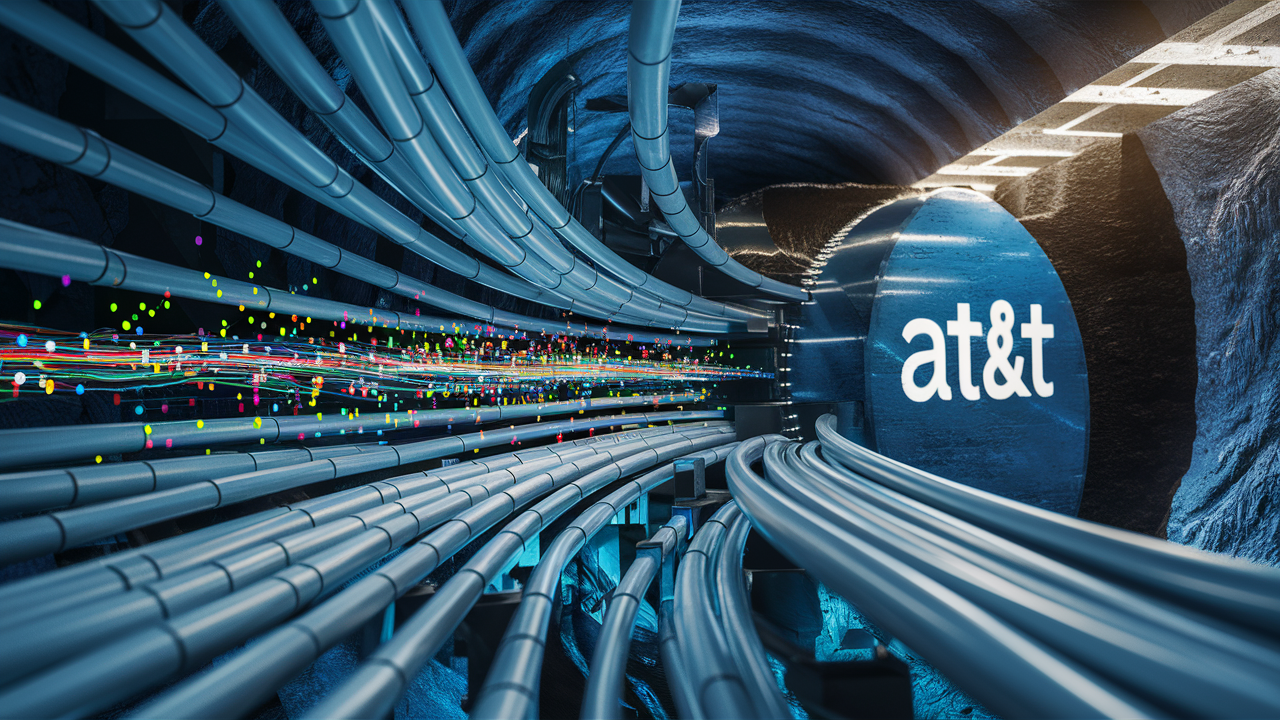Are ATT fiber lines underground?

Are ATT fiber lines underground
ATT is one of the most prominent internet and cable television service providers in the United States of America. They provide fiber internet connection in many places, providing very fast internet connection through fiber optics. But is the fiber placed in the trenches, or is it bundled up on poles?
The answer is that ATT fiber lines use fiber optics that are both buried,d and the rest are placed above the ground. Here are some key points:
- ATT mainly uses existing structures to deploy fiber. When phone and cable lines in an area have been laid underground in conduits, the fiber lines are usually also laid in these conduits. This helps to reduce the large construction work of other excavations for new lines.
- In areas where there are utility poles, ATT will string the fiber lines along the poles, above the ground. This is cost-effective since it builds upon existing structures, thus eliminating the need for installation.
- In new housing developments and neighborhoods where utilities are buried underground, so is ATT fiber usually buried underground to begin with. Initial construction is preferable to bury lines since it is less costly and time-consuming than coming back to the site to trench underground conduits.
- Whether fiber comes into the house through an overhead drop line or a buried conduit depends more on the existing phone/cable utilities’ configuration used to access the property. If the phone lines are overhead, they will arrive through a utility pole, and so will the fiber. If utilities are buried, then fiber typically runs through the conduit.
- ATT uses aerial fiber lines and buried fiber conduits whereby the company deploys the infrastructure that is already present in each geographical area. At other times a combination is used. The buried conduit may run from one node to another within a neighborhood and then drop aerial cables to the various premises.
- Underground fiber deployment has pros and cons versus overhead lines:- Underground fiber deployment has pros and cons versus overhead lines:
Pros:
- Greater protection from the vagaries of weather and physical harm
- The lesser appearance of clutter and no more overhead power lines.
- More easily scalable to higher population densities
Cons:
- More costly to bury conduit and fiber
- Repairs involve excavation, unlike overhead access
- Absence of a conduit in the ground requires extensive construction
- Digging and disruption of the ground is why ATT always attempts to use aerial and buried cables where possible. However, new underground conduits will be provided wherever needed and possible.
Therefore, to sum up, yes, some ATT fiber lines are buried, but the above construction on the utility poles also remains widespread. It depends on what has already been in place and the installation cost of the method to be adopted.
The more ATT develops more fiber service, particularly symmetrical gigabit speeds, it leverages a more versatile mix of aerial fiber and buried conduit depending on the location, current utilities, area appearance, and installation costs. The aim is to offer the fastest fiber internet possible where it is needed in the least costly and intrusive way possible.
Upgrade to faster, more reliable AT&T Fiber Internet today! Call us at +1 844-905-5002 and get connected with speeds that keep you ahead.
Although consumers may like concealed lines, the gigabit fiber speeds resulting from overhead aerial lines are still desired! ATT uses both main modes of distribution, and this has helped it to achieve the right balance between the cost, performance, and level of satisfaction. These countries will, over time, keep moving more and more infrastructure underground where it is feasible and where it makes economic sense to do so. And the expansion of the fiber network continues with both above and below-ground construction!





